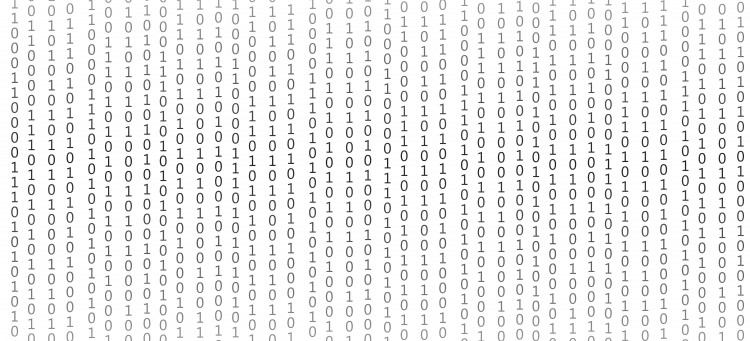
Truly Deeply Madly
COMPUTER CODING
February, 2016
Next time you search Expedia for sun destination deals, download the latest Bieber track or ask Siri what the fox says, take a moment to thank the talented computer coders of the world. Hadn’t considered that? Well, you’re in good company. Though most of us rely on computer-coding technology, few of us understand what it actually involves. To change that, we’re decoding coding. Here’s the what, why and who’s doing it.
What Is Computer Coding?
Also called computer programming, computer coding is what makes computer software, apps and websites possible. Computer code is written in programming language—basically a set of instructions that tells a computer what to do.
Types of Code
Computer codes are not one size fits all. Far from it, actually. Expressed in programming languages, different types of codes are meant to accomplish different tasks. For -example, web languages (such as HTML, XML and JavaScript) are used to create and edit website pages. On the other hand, software languages (such as C, C++, and Visual Basic) create executable programs (a.k.a. programs that run).
Programming language has evolved over the years, and today there are five generations of programming language. First-generation language, or 1GL, is known as machine language, which is a series of 1’s and 0’s that the computer understands. With each generation, programming language becomes easier to understand: symbols were added to the numbers in second-generation language, and actual words and commands were added in the generations after that.
Why is Coding Important?
Reading, writing, arithmetic… and coding? Computer sciences are the way of the future. Think about it. Everything from simple calculators to complex satellite-tracking systems need code to run. In a world where computer technology is front and centre, it only makes sense to pay attention to how this -technology actually works. Sure, most of us aren’t planning to build the next space station, but learning even basic computer programming skills means we can create and maintain our own websites, build a new app or turn a brilliant software idea into a real-life product. And imagine all the hours waiting on hold with the IT helpdesk you’d get back.
Coding as a Career
Once shrouded in Matrix-like mystery, the coding world is now out in the open. Office buildings are filled with real-life Neos coding up a storm to create modern technology. And the demand for coders is only increasing. With more open coding opportunities than qualified coders in many cases, the career outlook is excellent.
In the past, technology companies primarily hired coders, but things have changed. Every field—from finance to fashion—is now driven by technology. That means every industry needs to employ its own coders.
There is no shortage of ways to train for a career in coding. Some coders are self-taught. Some swear by computer-programming workshops or boot camps. Some take courses on-line, and some learn in a traditional college or university setting. Depending on the job, company and industry you want to work in, a diploma or degree in computer sciences may or may not be required.
Women Who Code
Traditionally, the technology field has been male-dominated, but in recent years, more women and girls are taking interest in the field. In fact, non-profit groups such as Ladies Learning Code and Women Who Code have created a kind of coding craze and are working to inspire more women and girls to consider careers in computer programming. These organizations offer female-only coding workshops or meet-ups, which create supportive environments for women and girls who want to train to be computer programmers.
FUN FACT
The first computer programmer was a woman from the 1800s. Ada Lovelace, a talented mathematician, wrote the algorithm for the world’s first computing machine (which existed only on paper) in London in the 1840s.
Did you know?
A couple of the world’s most famous computer programmers happen to be Canadian. James Arthur Gosling created the programming language Java, and Brian Wilson Kernighan helped develop the Unix operating system.












